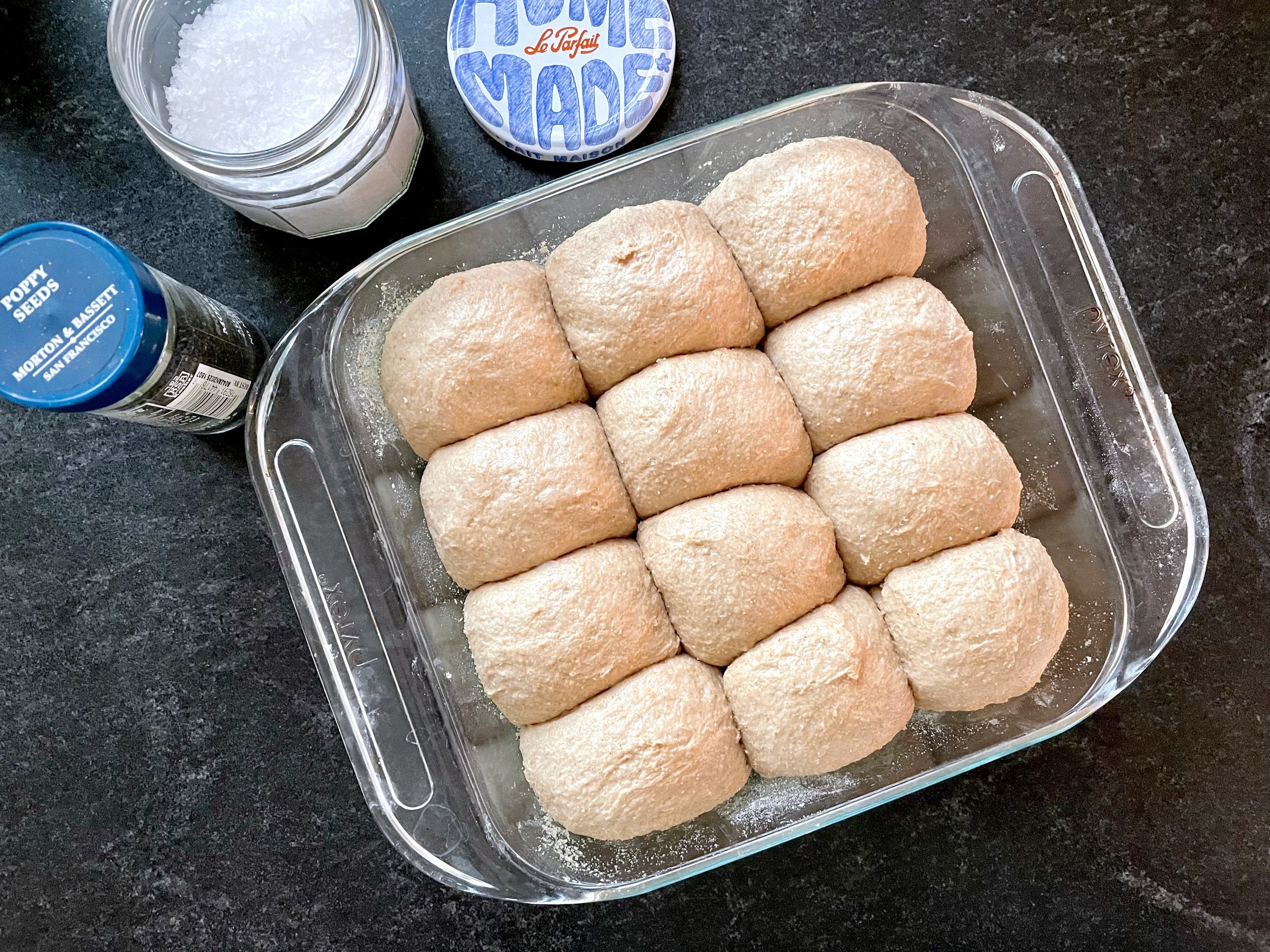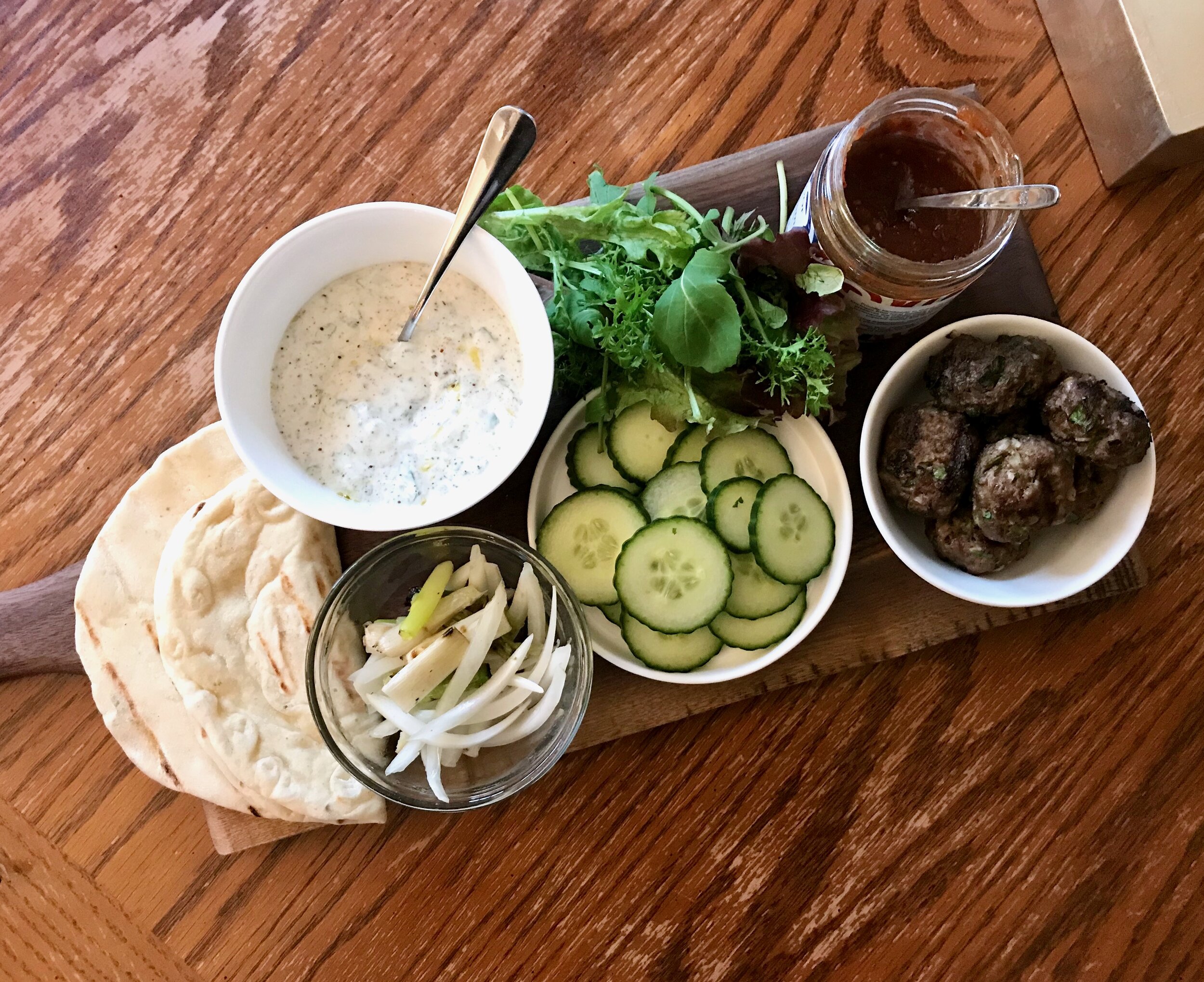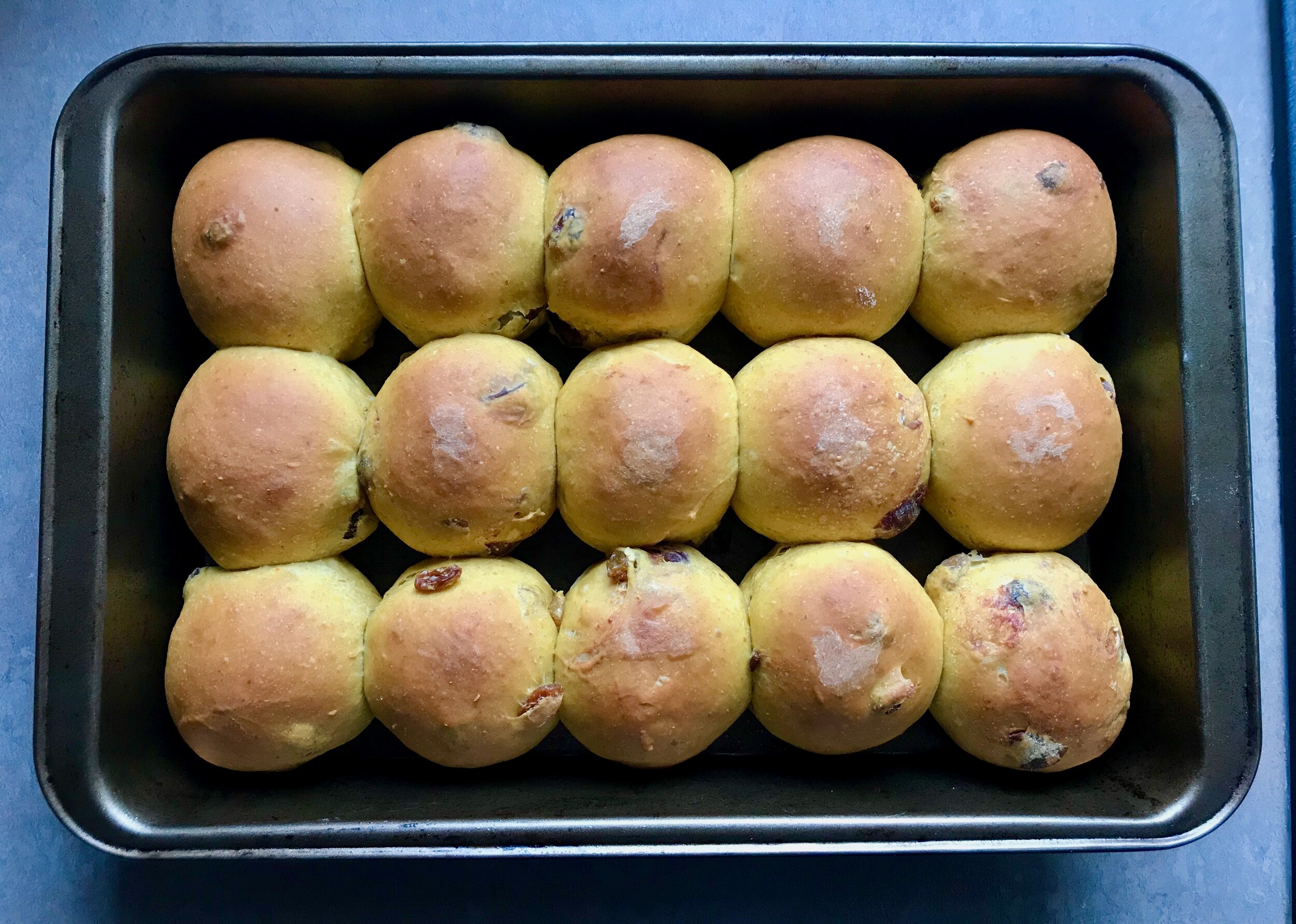100% Whole Wheat Dinner Rolls with Tanzhong Starter
I haven’t been making all that much bread recently. Once the kitchen reno commenced in Jan I didn’t bake bread for months. Once the kitchen was done I just didn’t get back into it. There were so many other things to do in the kitchen! I’ve also just been eating less bread for various reasons. I don’t think bread is bad or evil, but I try not to eat too much of it, even though I love it so much!
I was thinking ahead to Thanksgiving next week though and stumbled across this recipe. I like a nice dinner roll on Thanksgiving, but I do try to stay away from white squishy bread, so when I saw this recipe for 100% whole wheat rolls I wanted to give it a try. 100% whole wheat anything is tricky, and especially in a yeasted bread. This recipe used the Tanzhong method which I have wanted to try for years so I thought I’d give it a go and see how it went. I’ve heard that using a Tangzhog started can help keep bread softer and moister which sounded ideal for 100% whole wheat.
The recipe was super simple and came together from start to finish in less than an afternoon. You can start these after lunch and have them done at dinner! I found them to be fun to make, they came together well although I did have to add significantly more flour than the recipe called for when kneading so be forewarned. Otherwise no issues. They rose well, were easy to shape, and had good oven spring.
I did end up baking them quite a bit longer than the recipe called for as well. Closer to 35-40 minutes (recipe said 20-22 minutes). I did this because of the internal temperature of the bread. I’ve heard that 100% whole wheat bread should be closer to 200 degrees, and it wasn’t even close to this after 22 minutes. I think they definitely needed more than 22 minutes, but maybe not quite 35-40? I’ll have to test it again to see!
The final product was very nice! Soft and tender. Slightly dry (as in 100% whole wheat “dry”) but overall really lovely for 100% whole wheat rolls. They are definitely “wheat'-y” in flavor so use good quailty flour for the best flavor. I think I may add a little more salt next time just for a little additional flavor.
100% Whole Wheat Dinner Rolls with Tanzhong Starter
From Vegan Richa
Ingredients
Tangzhong:
1/4 (0.25 ) scant cup whole wheat flour a bit less than 1/4 cup
1/2 cup (125 ml) water
Sponge:
1 cup (120 g) whole wheat flour
1 cup (250 ml) warm water
2.5 tbsp maple syrup or other sweetener of choice
1 tbsp/3 tsp active yeast
Bread:
2 cups (240 g) whole wheat flour or 1 cup whole wheat and 1 cup whole spelt flour [I used 1 cup whole wheat and 1 cup some soft white wheat that I ground myself!]
1 tsp salt [maybe try 1.5 tsp?]
3 tbsp extra virgin olive oil
1 tsp lemon juice
1/4 tsp (0.25 tsp) almond extract optional, adds nice bakery like smell [did not try, interesting idea though…]
Directions
In a small saucepan combine 1/4 cup flour and 1/2 cup water over medium heat. mix well and cook until gel like, smooth and starting to get shiny, stirring frequently. Set this tangzhong starter lump aside.
Mix all the Sponge ingredients in a bowl. Mix with a large spoon for 2 minutes until the batter is very smooth and starting to get gluten-ny.
Let the bowl sit covered for 1 hour in a warm place. (Use a large bowl as the sponge will triple).
In a stand mixer, add the sponge and tangzhong. Mix the salt into the 2 cups flour and add the flour to the stand mixer. Start kneading. Add in the oil, lemon juice and continue to knead for 5 minutes. Let the dough rest for 2 minutes. Check the dough to see if it needs more flour or water (it should be soft and smooth. not stiff and not sticky). Add more flour 1 tbsp at a time if needed. The dough should be soft and slightly tacky, but not overly sticky or not too stiff.
Knead for another 5 to 7 minutes. The dough should not break immediately when a small portion is pulled out.
Divide the dough in 12 equal balls and form into rolls. Place seam side down in the baking pan. They will be fairly close together and that’s okay.
Cover the pan with plastic wrap and let rise for 25 to 40 minutes or until the rolls double in size.
Pre-heat the oven to 375 degrees F/ 190ºc. Bake the bread for 20 to 22 minutes. [mine definitely took closer to 35-40 minutes. I don’t remember exactly how long, but I didn’t want to underbake these rolls because they are 100% whole wheat. I baked them until the internal temperature was 200 degrees.]
Remove the pan from the oven and brush oil or butter on top. Remove the bread from the pan after 10 minutes. Wait for another 5 before serving. Or cool to room temperature before storing in an airtight container.




























